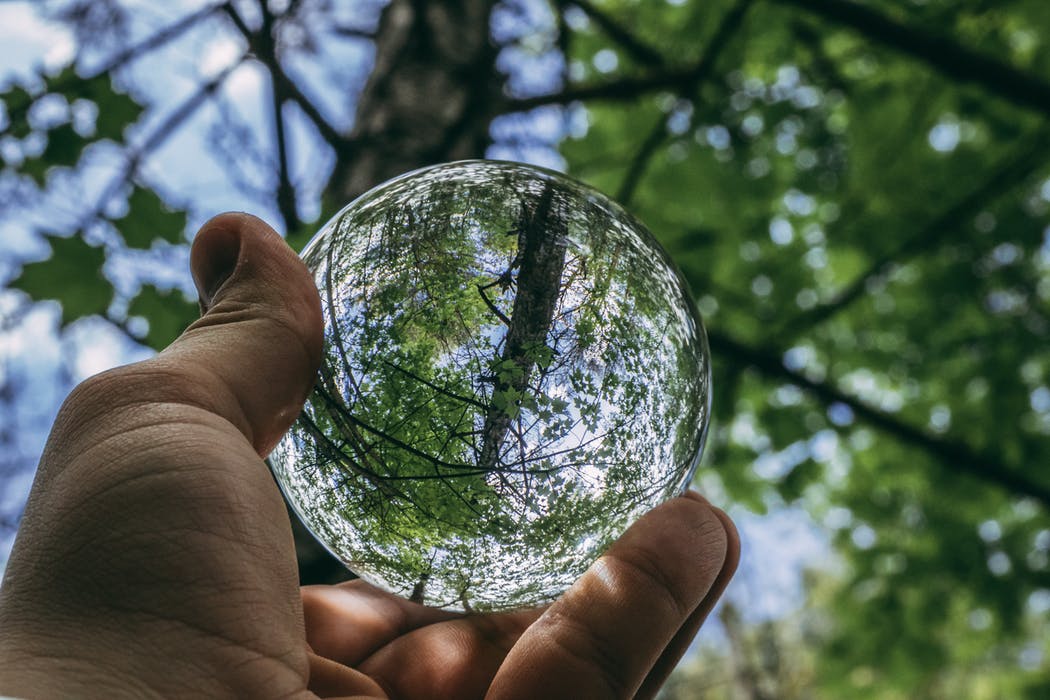
Building an eco-friendly home takes a little extra effort, but it certainly can be done, and we should all encourage it.
Here are some quick tips on how to go about doing so.
Go Recycled and Biodegradable
Try to reuse building materials instead of letting the builders buy everything new. Biodegradable materials reduce pollution and are often more energy efficient. Use recycled wood, pre-used plastic sheeting, and repurposed glass wherever possible for aneco-friendlier home.
Consider Home Design Carefully
With the growing trend for tiny homes, there’s certainly a move away from enormous homes for their own sake, especially when thinking about their upkeep, heating costs, and land use.
It’s worth taking extra time to consider the design of the home first from an energy efficiency perspective. Things like where the windows will be placed make a differencewith letting more natural light into the home. Using less lighting during the day reduces the eventual utility bill.
Considering how each area of the home will be used improves space allocation. Rooms can be planned based on where the occupants will spend more of their time. This makes it far less about showing off where you live and more about creating a fully functional space.
Pre-fabricated Walls without the Fuss
Using Cubirock produced by Maccaferri, a significant product engineering firm, you get stronger gabion retaining walls in less time. This is because these gabions aren’t setup and filled when you ready to put the wall together. Instead, they’re pre-engineered before delivery using additional wire mesh that’s woven into the material to help it hold together during transportation and positioning.
On sites that want to work efficiently and without the mess, using gabion retaining walls is an excellent idea. For those who want to know how strong are gabion retaining walls, they’re at least as robust as any other gabion wall and should be stronger because of the mesh which gives it extra rigidity. Less mess at the work site also helps to keep the area cleaner too.
Don’t Forget About Adequate Insulation
We can sometimes neglect insulation until we suffer through another chilly winter. Don’t make that mistake. Use eco-friendly materials for insulation that assist with air flow during the summer to avoid creating a home that’s more like an oven. That same material can also contain heat that rises to the ceiling and roof area, preventing it from escaping.
Don’t forget about wall insulation too.Bear in mind too that considerable heat is lost out of doorways and windows, so think about how the home needs to be designed to prevent the heat loss.
It isn’t difficult to get your head around using eco-friendly building materials and thinking about energy conservation within building design. Whether that means reorganising the floor plan to provide greater light or adjusting what materials are used to let cool air out and retain warmer air come winter time, it all helps to reduce the energy usage. And the less energy we use, the better it is for the environment.





Leave a Comment